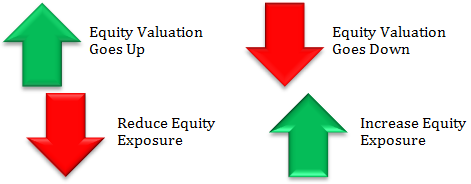
Table of Contents
Ledger Balance
What is a Ledger Balance?
At the end of every Business Day, the Bank computes a ledger balance that includes all of the deposits and withdrawals to calculate the money available in a specific bank account. Basically, the ledger balance is regarded as the opening balance in a bank account the following morning and stays the same throughout the day.

Often, this is referred to as the current balance and is the contrast of the available balance in the account. For instance, if you use online banking to log into your account, you might see the current balance, which is the balance at the day’s beginning, and the available balance – which is the total amount available at any point throughout the day.
In Accounting and banking, the ledger balance gets used in the Reconciliation of book balances.
Understanding Ledger Balance
At the end of every business day, the ledger balance is updated once every transaction gets approved and processed. Banks assess this balance after completing the posting of all transactions, including error corrections, debit transactions, cleared credit card, cleared cheque, wire transfers, interest Income, deposits and more.
Generally, it signifies the existing balance in an account at the beginning of the next business day. Also, you must remember that the ledger balance is one balance that is at the beginning of the day and not considered as the end balance. Usually, the end balance is assessed at the day’s end – similar to the available balance.
Upon logging into online banking or mobile banking, you might not find the recently updated information. Certain banks provide both the available and current balance; thus, users can easily figure out the amount that they have.
Talk to our investment specialist
Delays in processing, related to pending deposits, may take place as a bank have to receive funds from the business, person or the financial institution who issues the wire transfer, cheque or any other payment form. Once the money is transferred, the money gets accessible to the account holder. As far as a bank statement is concerned, it only highlights the ledger balance to a specific date. Cheques written or deposits made on or after the date don’t get a place in the statement. The ledger balance could be used to comprehend if the requirement to keep a certain minimum balance is being met or not.
Furthermore, it also gets included in the bank account receipts. Also, what must be kept in mind is that the ledger balance is way different than the available balance of an account.
All efforts have been made to ensure the information provided here is accurate. However, no guarantees are made regarding correctness of data. Please verify with scheme information document before making any investment.












